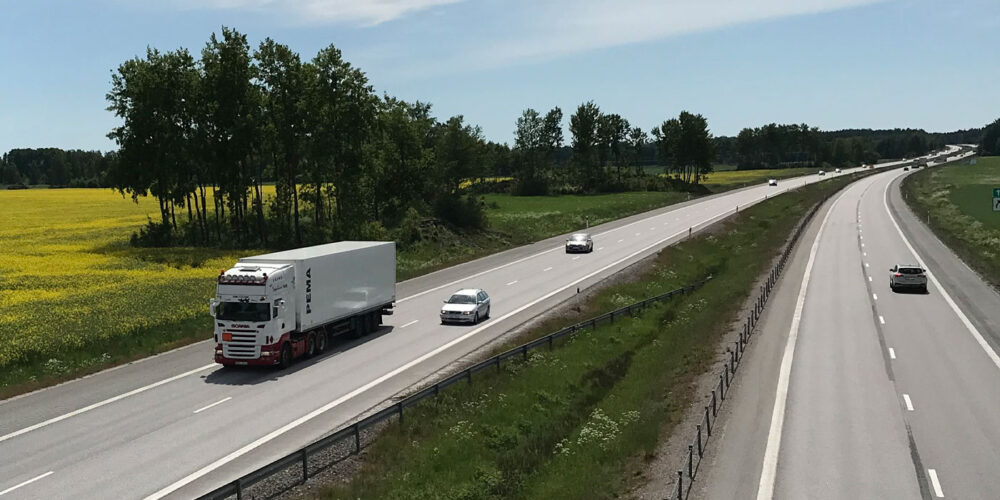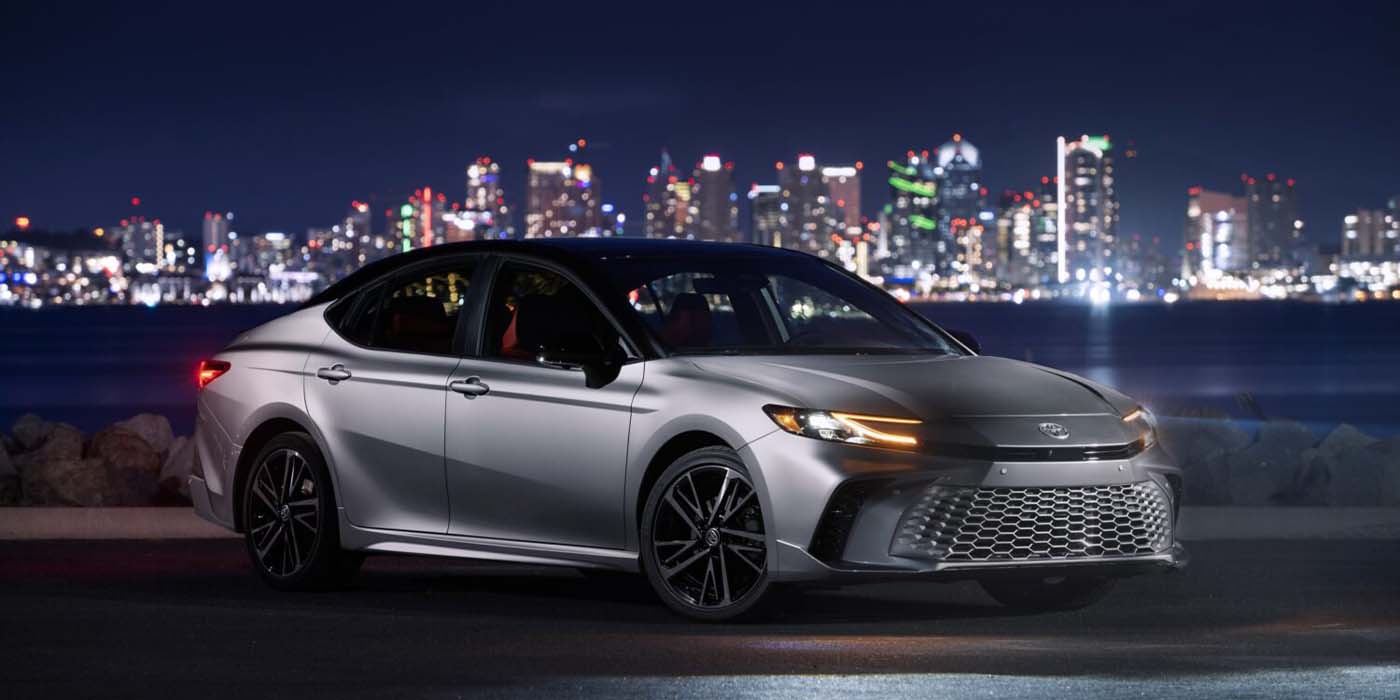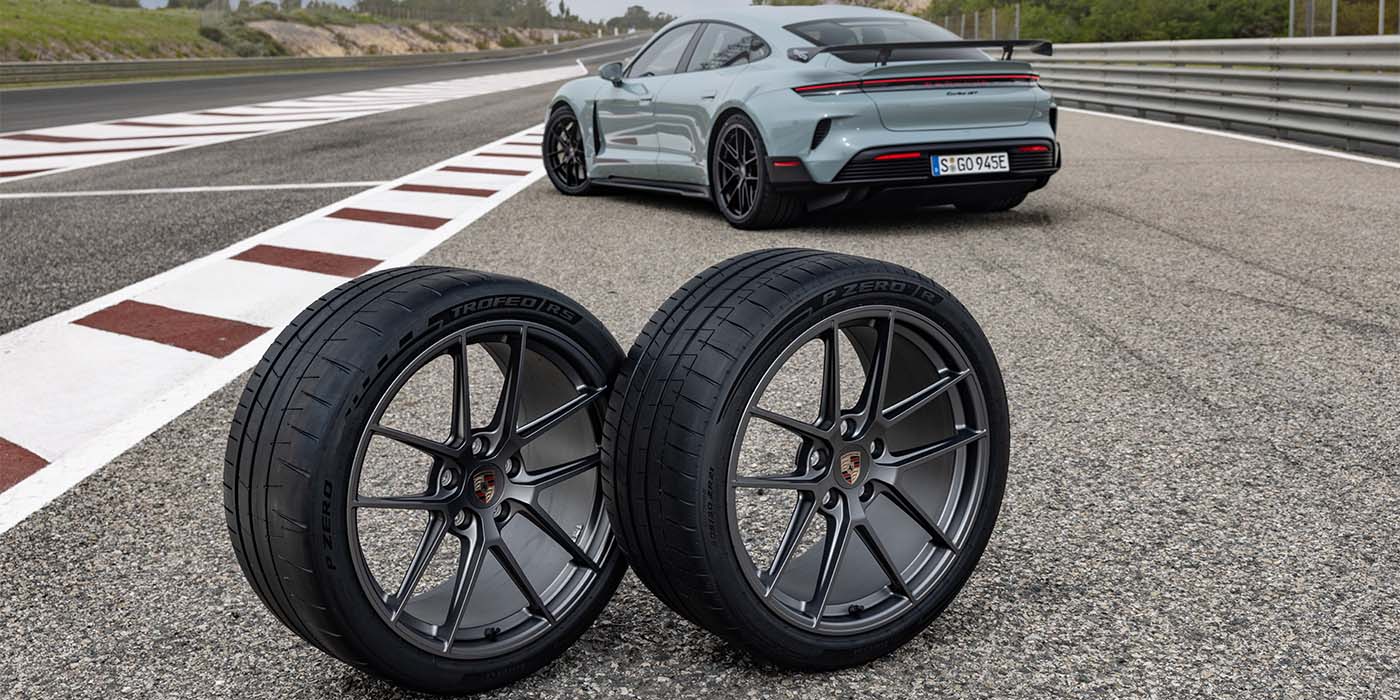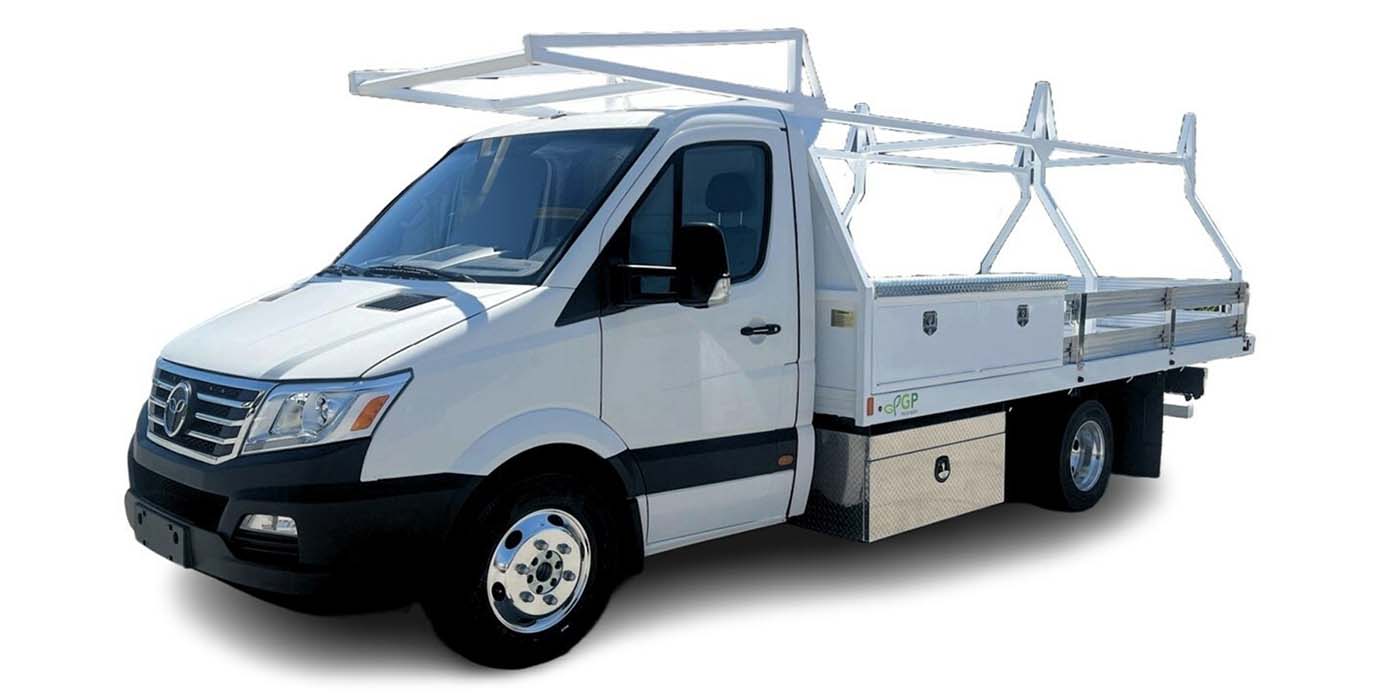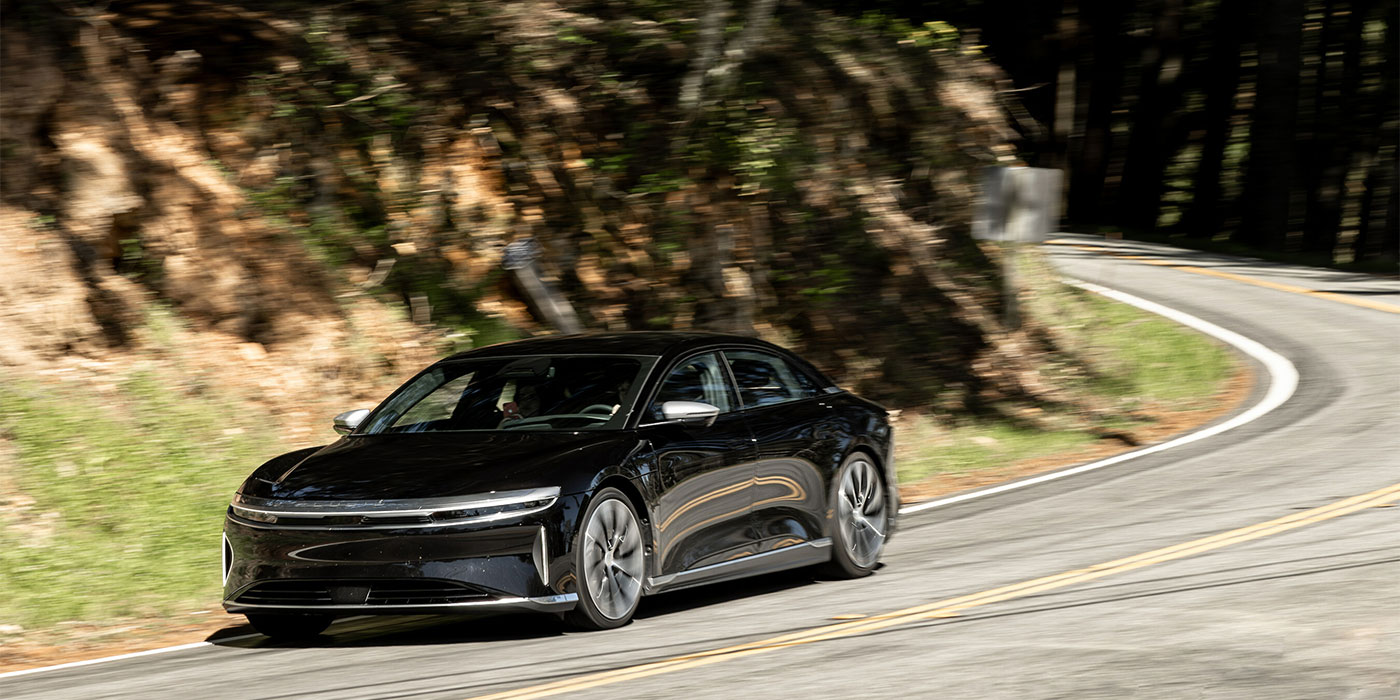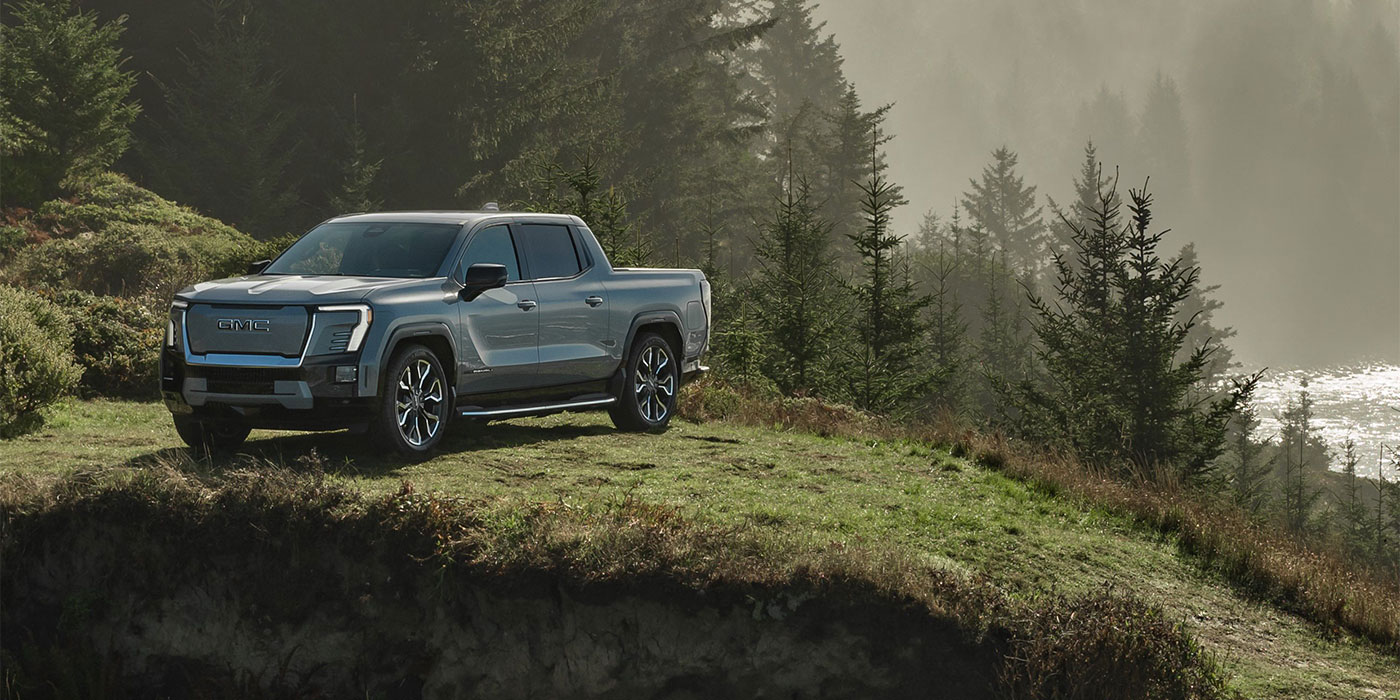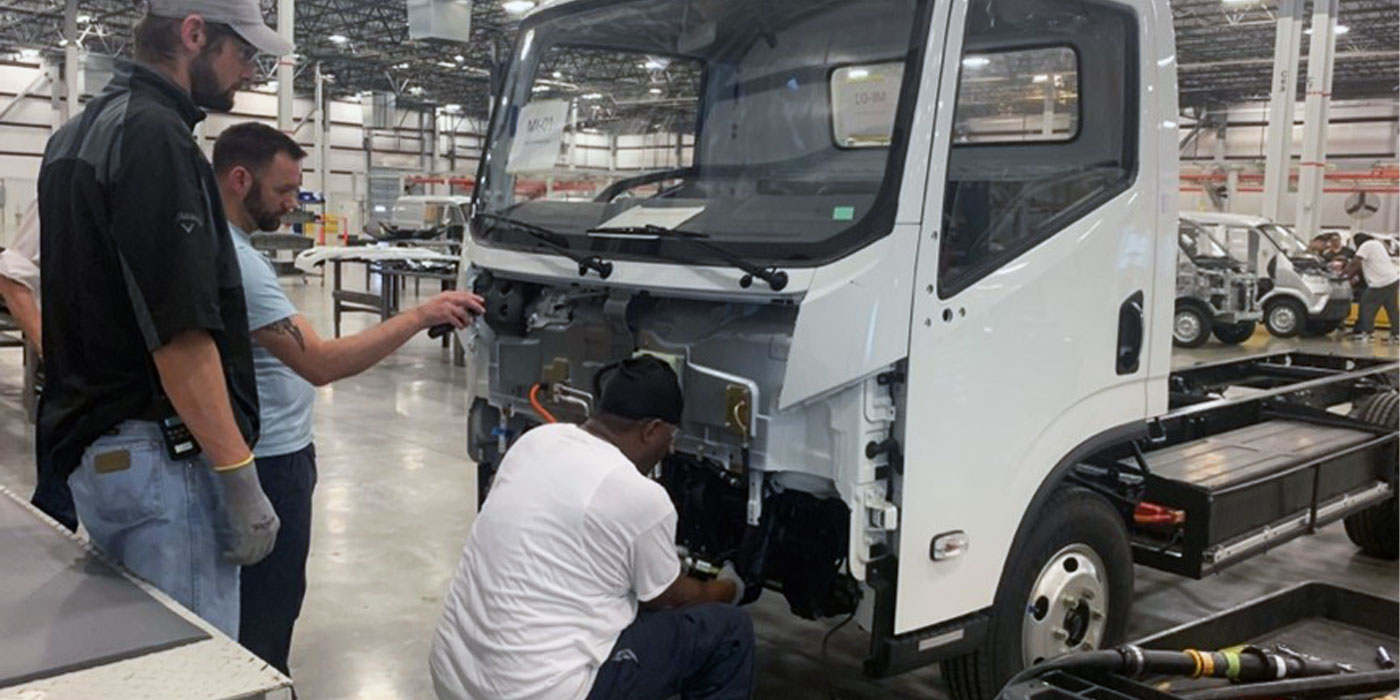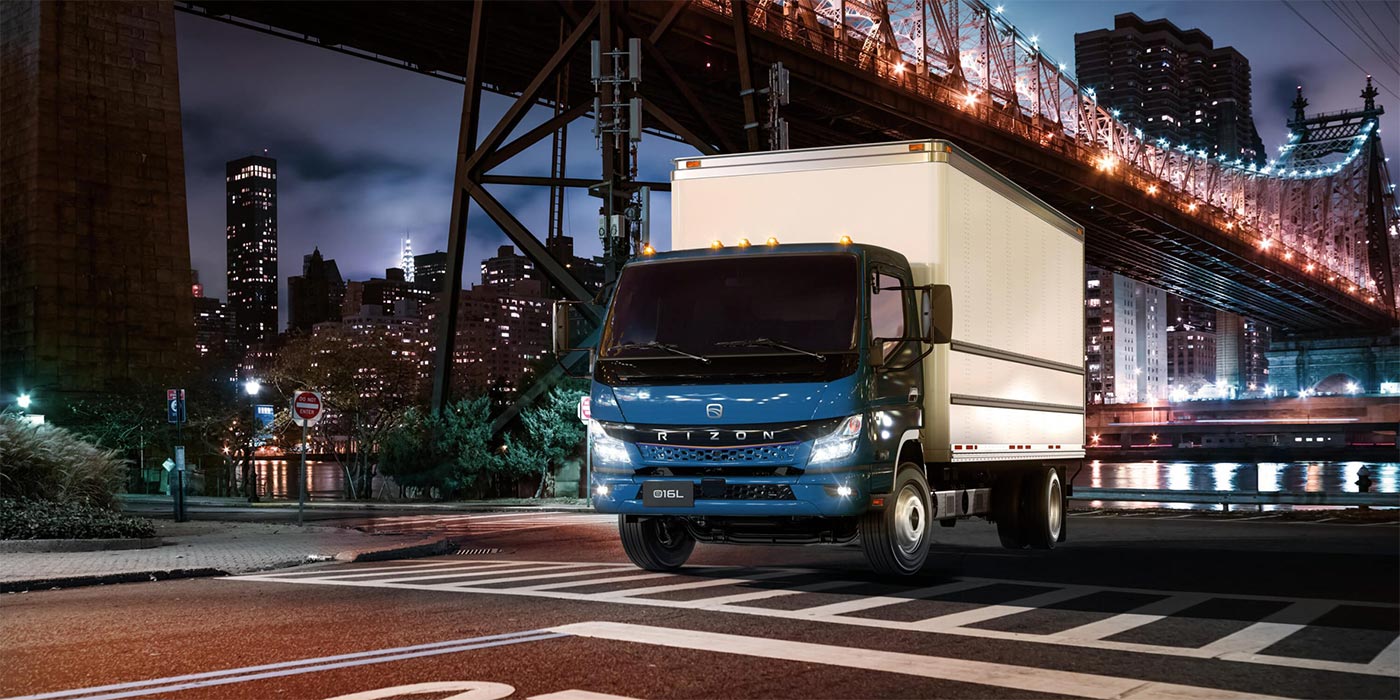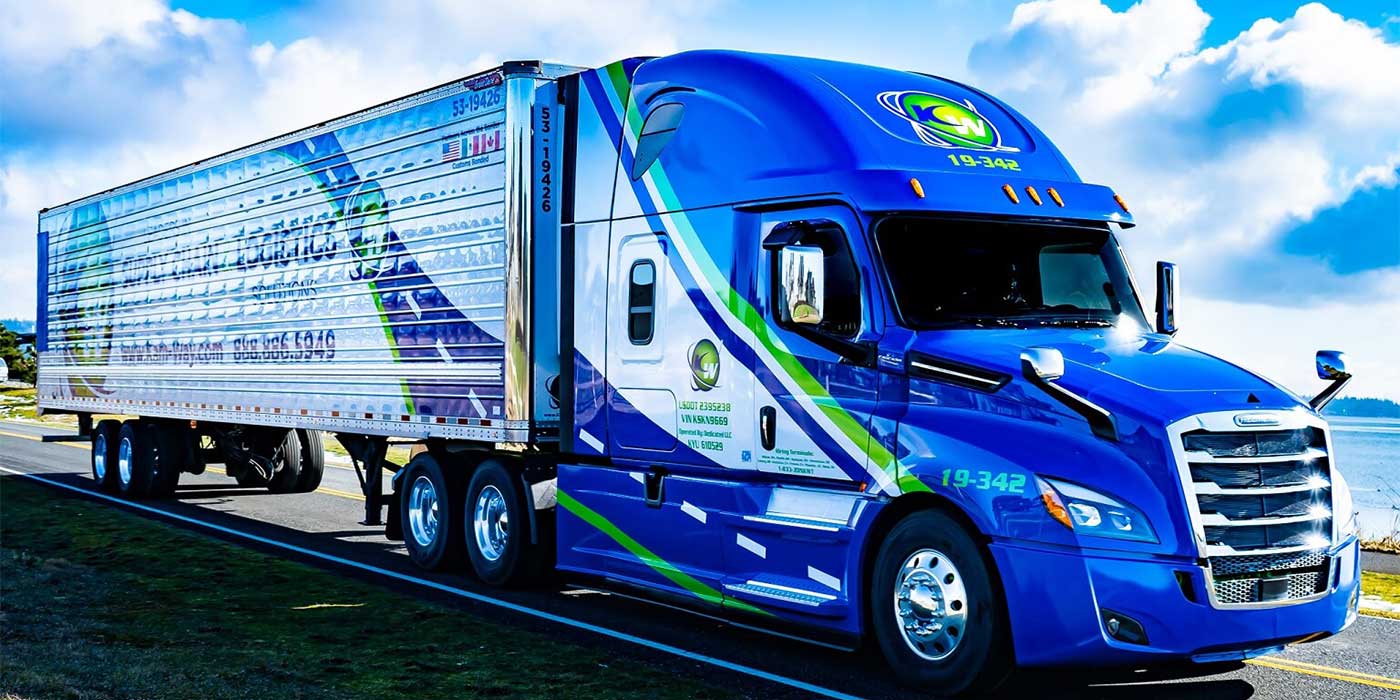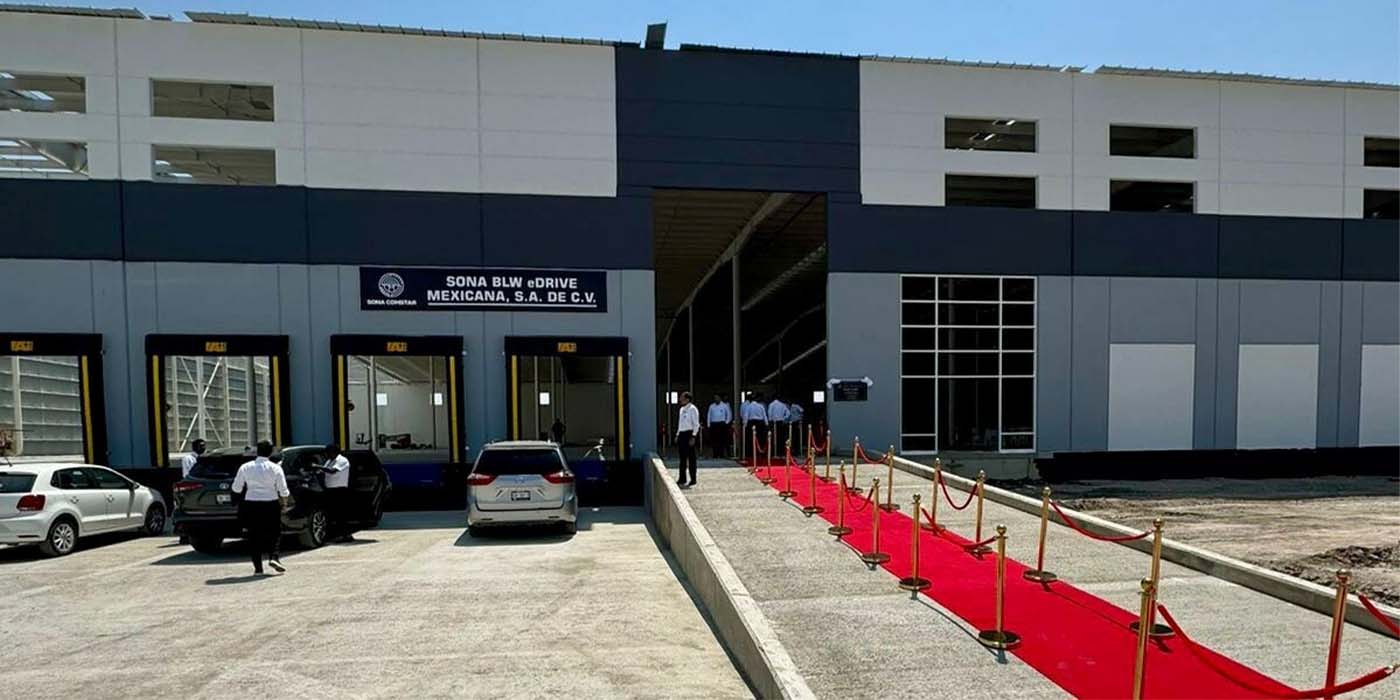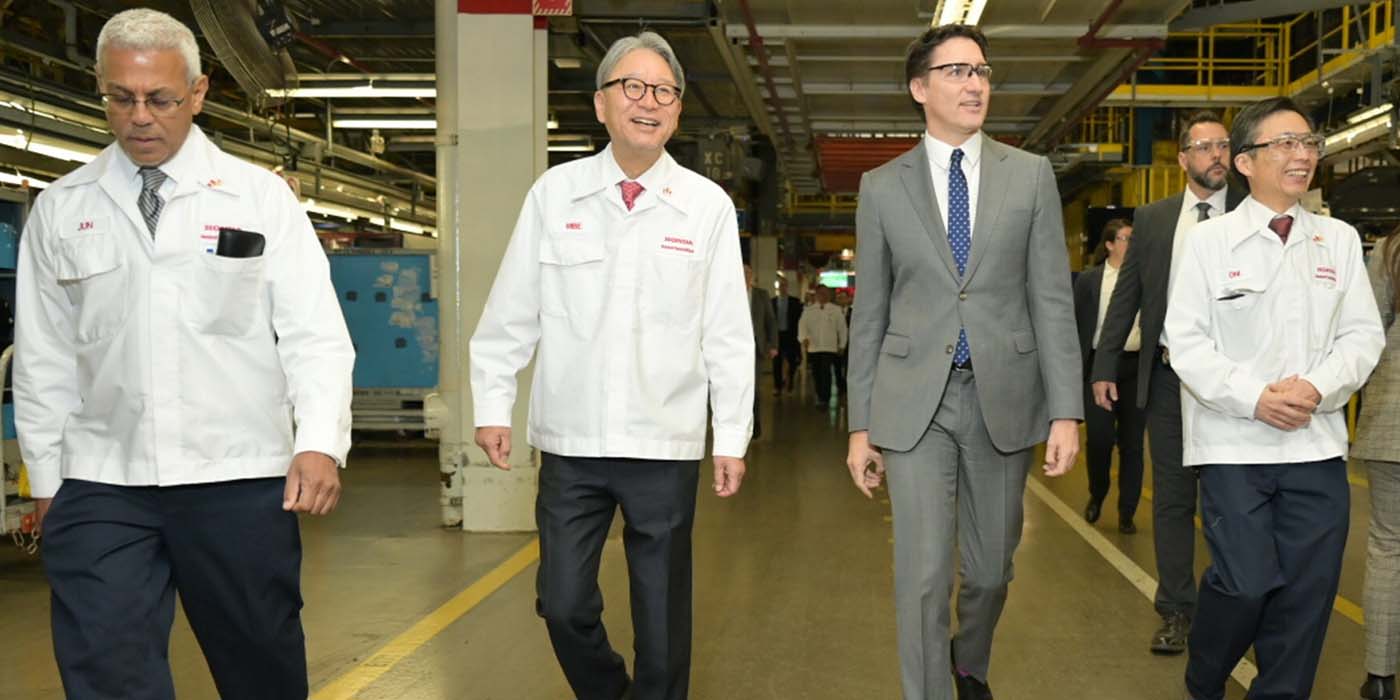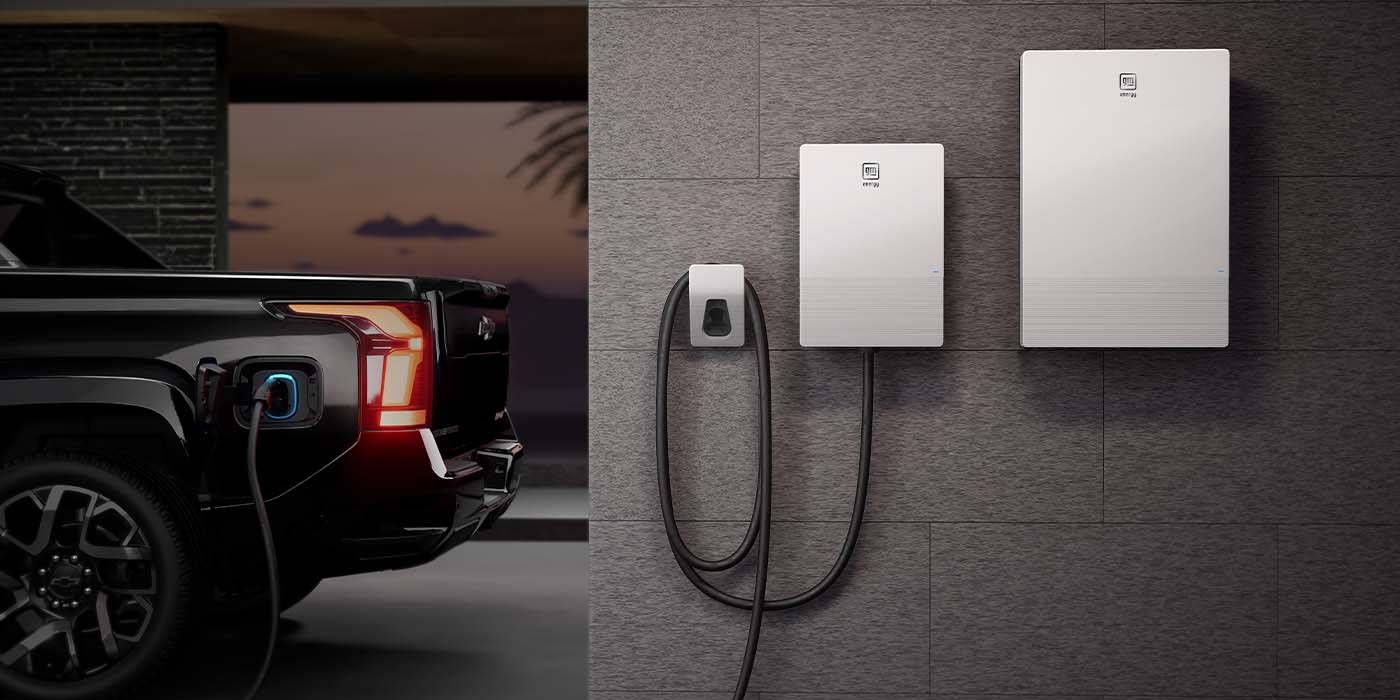If an electric car charges while driving, the size of the battery can be reduced by up to 70% and the load on the power grid can be spread out over the day, according to a new study from Chalmers University of Technology, Sweden, where researchers combined the so-called electric road system with real-life driving patterns of Swedish drivers.
The Swedish government has proposed a ban on new petrol and diesel cars from 2030 to reduce carbon dioxide emissions. The same trends are seen in other pockets of Europe, as demonstrated by the rapid increasing sales of EVs. As this development progresses, challenges are also increasing, including the uneven load on the power grid and where to charge the electric vehicles.
Several countries, including Sweden, Denmark, and Germany, are testing whether an electric road system (ERS) can be used to electrify road networks. An ERS charges moving vehicles with either loops integrated in or next to the road, or with wires suspended above vehicles, similar to trams and trains. All variants mean that vehicles do not need to be parked to charge, and there are fewer needs for large batteries to store energy to overcome range anxiety.
Researchers from Chalmers have used data from over 400 passenger cars to study real driving patterns on different parts of Swedish national and European roads. They have used the data to calculate, among other things, the battery size needs to complete all journeys given possible charging options (stationary versus ERS), charging patterns, and total costs including infrastructure and batteries.
Chalmers says the results show that a combination of electric roads on 25% of the busiest national and European roads and home charging would be optimal. The batteries, which account for a large part of the cost for an electric car, can become significantly smaller, at best only one-third of the current size.
“We see that it is possible to reduce the required range of batteries by more than two-thirds if you combine charging in this way. This would reduce the need for raw materials for batteries, and an electric car could also become cheaper for the consumer,” says Sten Karlsson, who, together with research colleagues Wasim Shoman and Sonia Yeh, is behind the study.
Different groups of motorists, however, would have different conditions for benefiting from the combination of stationary charging and ERS.
“There are big differences between groups, depending on driving patterns and proximity to electric roads. Even in the optimal case, some would manage with only electric road charging, while others would not be able to use the opportunity at all. For example, we see that those who live in the countryside would need almost 20% greater range on their batteries compared to those who live in a city center,” says Wasim Shoman.
The study also shows that small batteries do not automatically lead to charging through ERS.
“Just because you can charge does not mean the consumer actually wants to do it at every given opportunity. The business model, therefore, becomes extremely important because benefits and costs may become unevenly distributed. And there are no decisions yet on what the business model should look like,” says Sten Karlsson.
There are a few short test sections with different electric road technologies in Sweden, including in Lund and on Gotland, but the first pilot with a permanent electric road is now underway. The Swedish Transport Administration is building a 21-kilometer (approx. 13 mile) stretch between Örebro and Hallsberg alongside the E20. The electric road is expected to be completed in 2026.

